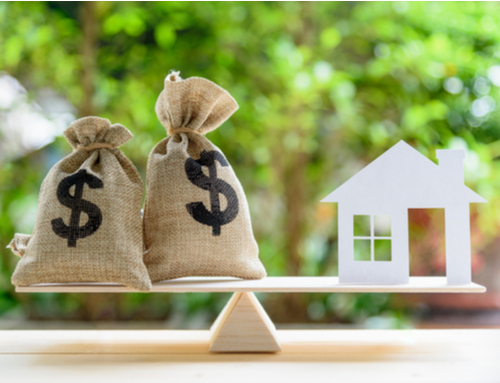In light of the Federal Reserve’s efforts to combat inflation by raising interest rates, mortgage payments and rates have been affected. But here’s some great news for prospective home buyers: there’s a new program designed to ease the burden of your mortgage payments.
Introducing the ‘Inflation Relief Mortgage Rate Program’ from select lenders! This program offers a 1% reduction in your interest rate for the first 12 months as inflation begins to stabilize. When the Federal Reserve adjusts its policies, you’ll have the opportunity to refinance and potentially lower your mortgage payments.
Here’s an example of how it works: A homebuyer purchases a home for $650,000 with the Inflation Relief Mortgage Rate Program and they save around $400 on their payment each month for the first year, resulting in total savings of $4,800. After 12 months, payments return to its standard rate, allowing ample time to explore refinancing options for a lower monthly payment.
This program is giving homebuyers more flexibility in their payment for the first year – a time when they are usually buying new furniture, décor, making improvements or customizing the home to fit their style.
The Inflation Relief Mortgage Rate Program works in conjunction with most traditional loan programs out there. Homebuyers can go to @whatsamortgage on Instagram to learn more about how the program works and where to apply.










